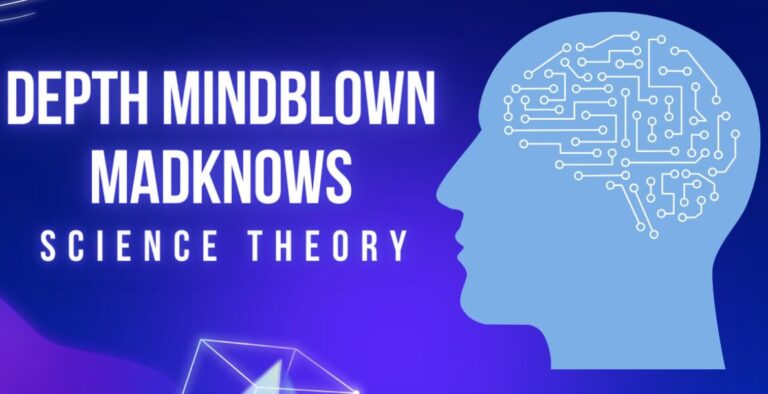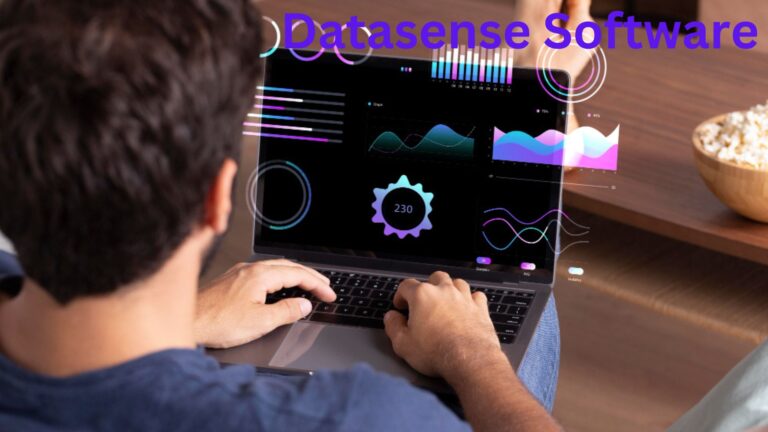Growth Matrix Exercises: Strategies for Personal and Professional Development
Growth matrix exercises are powerful tools used to facilitate personal and professional development. By leveraging structured frameworks, these exercises help individuals and organizations identify areas for improvement, set actionable goals, and track progress. This article delves into the concept of growth matrices, explores various exercises, and offers practical tips for maximizing their effectiveness.
Understanding Growth Matrices
- What Is a Growth Matrix?
A growth matrix is a strategic tool designed to assess and guide development. It typically consists of a grid or framework that maps out different aspects of growth, such as skills, goals, or performance metrics. By visualizing these elements, individuals and organizations can identify gaps, opportunities, and areas needing focus. - Importance of Growth Matrices
Growth matrices provide a structured approach to development. They help in setting clear objectives, prioritizing tasks, and evaluating progress systematically. This structured approach ensures that efforts are aligned with desired outcomes and supports continuous improvement.
Types of Growth Matrix Exercises
- Overview of SWOT Analysis
SWOT Analysis (Strengths, Weaknesses, Opportunities, Threats) is a classic growth matrix exercise used to evaluate internal and external factors affecting an individual or organization. It helps in identifying key areas for improvement and opportunities for growth. - Applying SWOT Analysis
To conduct a SWOT Analysis:- List Strengths: What do you excel at?
- Identify Weaknesses: Where are the gaps?
- Explore Opportunities: What external factors can you leverage?
- Assess Threats: What challenges could hinder progress?
- What Is Strategic Roadmapping?
Strategic Roadmapping involves creating a visual plan that outlines long-term goals, milestones, and the steps needed to achieve them. It serves as a guide for strategic planning and helps in tracking progress over time. - How to Create a Strategic Roadmap
- Define Objectives: What are your long-term goals?
- Identify Milestones: What key achievements will mark your progress?
- Outline Actions: What steps will you take to reach each milestone?
- Set Timelines: When do you aim to achieve each milestone?
- Personal Development Matrix
- What Is a Personal Development Matrix?
A Personal Development Matrix is a tool used to map out personal goals and the skills needed to achieve them. It helps individuals focus on their development areas and track their progress toward personal and professional goals. - Creating a Personal Development Matrix
- List Personal Goals: What do you want to achieve?
- Identify Required Skills: What skills are needed for these goals?
- Set Action Plans: How will you develop these skills?
- Track Progress: How will you measure your advancement?
Implementing Growth Matrix Exercises
- Setting Clear Objectives
Before starting any growth matrix exercise, it’s crucial to set clear, specific objectives. What do you want to achieve with this exercise? Clear objectives help in focusing efforts and measuring success effectively. - Gathering Relevant Data
Collect data related to the areas you are assessing. This might include performance metrics, feedback, or personal reflections. Accurate and comprehensive data is essential for meaningful analysis. - Engaging Stakeholders
In organizational settings, involving relevant stakeholders can provide additional insights and ensure that the growth matrix reflects diverse perspectives. This might include team members, managers, or mentors. - Regular Review and Adjustment
Growth matrix exercises should not be one-time activities. Regular reviews and adjustments are necessary to ensure that goals remain relevant and progress is accurately tracked. This iterative approach supports continuous improvement.
Tips for Effective Growth Matrix Exercises
- Be Specific and Realistic
When setting goals or defining criteria, be specific and realistic. Vague or overly ambitious goals can lead to frustration and diminished motivation. - Focus on Actionable Insights
Ensure that the results of your growth matrix exercises lead to actionable insights. Identify clear next steps and create actionable plans based on your findings. - Incorporate Feedback
Seek feedback from others to gain different perspectives on your progress and areas for improvement. Feedback can provide valuable insights and enhance the effectiveness of your growth strategies. - Monitor Progress Regularly
Regularly monitoring progress helps in staying on track and making necessary adjustments. Use the growth matrix to track achievements, challenges, and changes over time. - Celebrate Milestones
Recognize and celebrate milestones and achievements along the way. Celebrating progress helps maintain motivation and reinforces the value of the growth process.
Conclusion
Growth matrix exercises are invaluable tools for facilitating personal and professional development. By employing frameworks like SWOT Analysis, Strategic Roadmapping, Personal Development Matrices, and Performance Evaluation Matrices, individuals and organizations can systematically identify areas for improvement, set actionable goals, and track progress. Effective implementation of these exercises, coupled with clear objectives, relevant data, and regular reviews, ensures continuous growth and development.
FAQs
What is the primary benefit of using growth matrix exercises?
Growth matrix exercises provide a structured approach to identifying improvement areas, setting goals, and tracking progress, which supports continuous development and strategic planning.
How often should growth matrix exercises be conducted?
Growth matrix exercises should be conducted regularly, with reviews and adjustments as needed. This ensures that goals remain relevant and progress is consistently monitored.
Can growth matrix exercises be applied to both personal and professional development?
Yes, growth matrix exercises are versatile tools that can be applied to both personal and professional development to enhance skills, set goals, and track progress.
What are some common mistakes to avoid when using growth matrix exercises?
Common mistakes include setting vague or unrealistic goals, neglecting regular reviews, and failing to incorporate feedback. Ensuring specificity, regular monitoring, and actionable insights helps avoid these pitfalls.
How can feedback be effectively incorporated into growth matrix exercises?
Feedback can be effectively incorporated by seeking input from relevant stakeholders, using it to refine goals and strategies, and adjusting action plans based on the insights received.






